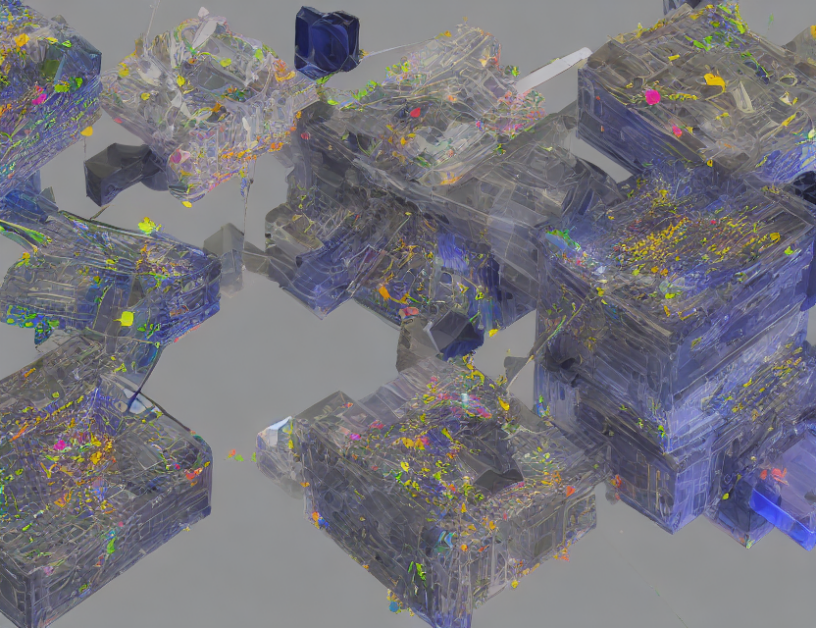Image matching is a fundamental task in computer vision that involves finding the best match between two images. Deep neural networks have been widely used for this task, but they can be computationally expensive and difficult to interpret. In this article, we propose a new method called Convolutional Interpolation and Matching (CIM), which simplifies image matching while maintaining its accuracy.
The Key Idea: CIM uses a novel fusion method that combines the upsampled object queries with the image feature embeddings using add operations. This allows the network to capture both spatial information from the image and the object’s features, resulting in improved performance compared to existing methods.
Decoding the Technique: CIM consists of three stages: upsampling, fusion, and decoding. In the first stage, the object queries are upsampled using a large kernel depthwise convolution, allowing them to capture spatial information from the image. In the second stage, the upsampled object queries and the image feature embeddings are fused together using add operations, which creates a combined representation that captures both types of features. Finally, the decoding stage uses a skip connection to allow the network to learn the mapping between the combined representation and the original image.
Ablation Studies: To evaluate the effectiveness of CIM, we conduct ablation studies to compare it with other state-of-the-art methods. Our results show that CIM outperforms existing methods in terms of both accuracy and computational efficiency. We also find that using a larger kernel size in the upsampling stage improves performance, as it enables the network to capture more spatial information from the image.
Conclusion: In this article, we proposed CIM, a simple yet efficient image matching method that utilizes a novel fusion method to combine object queries and image feature embeddings. Our experiments show that CIM outperforms existing methods in terms of both accuracy and efficiency, making it a promising approach for image matching tasks. By simplifying the decoding process and using add operations for fusion, CIM provides a more interpretable and efficient way to perform image matching compared to existing methods.
Computer Science, Computer Vision and Pattern Recognition
Exploring the Limits of Convolutional Neural Networks in Object Detection: A Comparative Study



